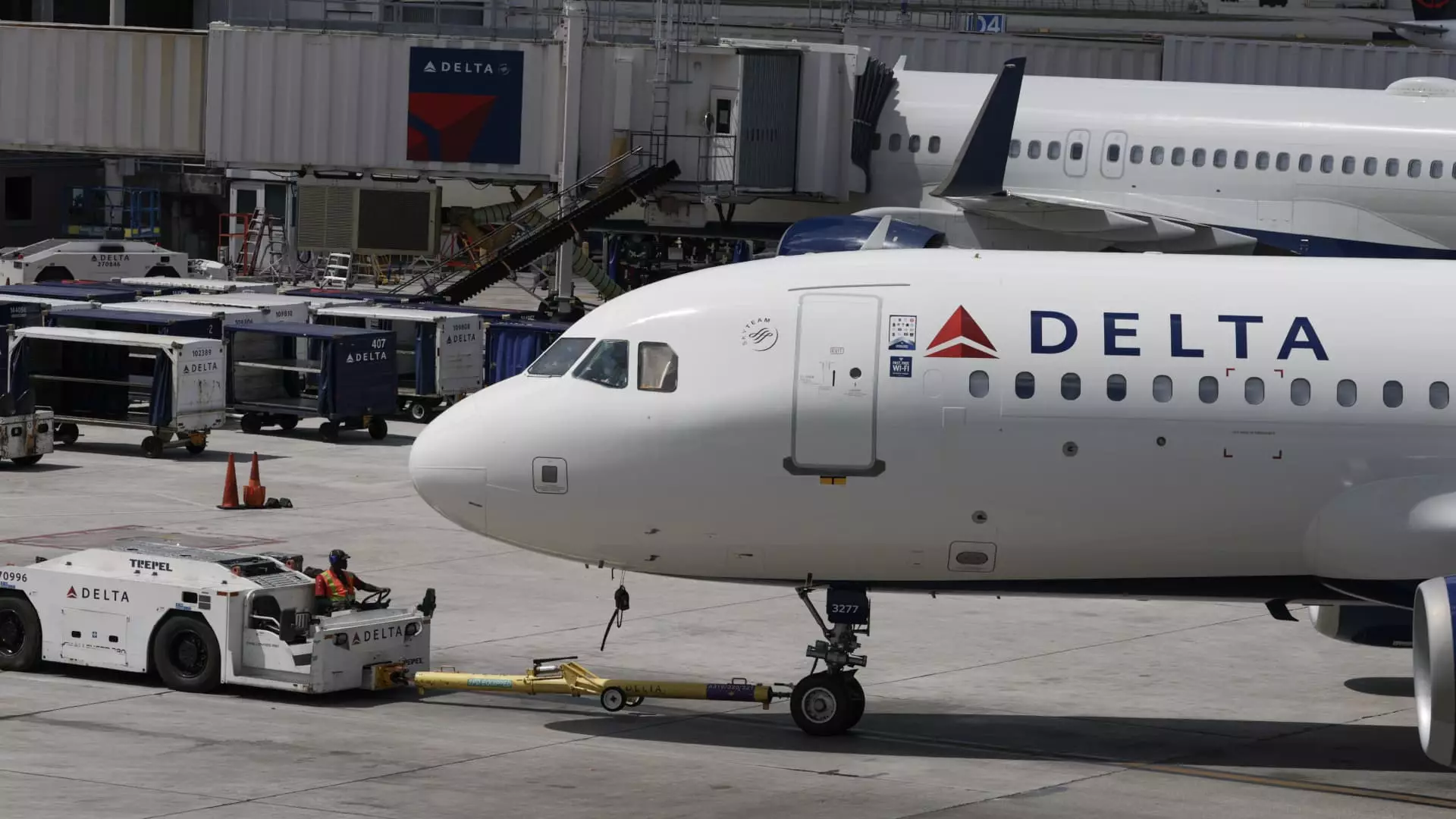The Illusion of Recovery: Why the Market’s Sharp Surge Masks Deep Underperformance

The recent rally in the S&P 500 is undeniably impressive, soaring over 25% since its low point in April. This rebound, often lauded as a sign of economic resilience, belies an uncomfortable truth: not all market sectors or individual companies have rebounded equally. In fact, this rally resembles more a house of cards—a veneer of optimism atop lingering vulnerabilities. While investors celebrate record highs, the reality for certain industries, particularly airlines, reveals a different story. Their underperformance signals that the broader market’s gains are not necessarily reflective of genuine economic strength but perhaps a temporary illusion fueled by speculative exuberance and short-term liquidity injections.
The Disconnected Performance of the Airline Sector
Take Delta Air Lines, for instance. Despite the overall index’s relentless climb, Delta remains significantly below its pre-pandemic peaks—more than 25% off from its February highs. The divergence raises a critical question: Is the market underestimating the true risks faced by the airline industry? The declining price-to-earnings ratio signals an investor shift in sentiment, marking airlines as undervalued when viewed through a simplistic valuation lens. However, beneath this numerical undervaluation lies a complex web of structural challenges. Overcapacity is rampant, driven by aggressive capacity-addition strategies from major players like United and American Airlines, which are expanding domestic flights faster than consumer demand can sustain. This oversupply risks pressuring fares and profit margins, especially considering the elasticity of travel demand, which seems to be far less resilient than many optimists suggest.
The Hidden Costs and Future Risks
Despite declining fuel costs—a silver lining reducing expenses by potentially over 1%—the airline industry faces significant headwinds. Rising labor costs, projected to swell by 7% annually, threaten to erode any savings garnered from cheaper fuel. As wages surge and capacity continues to outpace demand, profit margins are squeezed tighter. The cost per available seat mile (excluding fuel) is expected to increase, further complicating earnings forecasts. This paints a bleak picture: even with some input costs dropping, operational costs are trending upward, underscoring systemic inefficiencies and risks for investors betting on a swift recovery.
Market Expectations and Investor Strategies
Options markets add another layer to this complex landscape, implying heightened volatility and earnings swings amid upcoming earnings reports. Anticipating a 7% move in the stock’s earnings, with a potential 12% shift over the following month, suggests market participants expect turbulence—not calm—despite the soaring indices. This divergence highlights how current market optimism may be misplaced or, at best, premature. Savvy investors should approach with caution; opportunistic trades, like calendar spreads, could capitalize on this mispricing but also carry significant risks if fundamentals deteriorate further.
The Illusion of a Broad Economic Recovery
Overall, the strong performance of the S&P 500 appears less a testament to robust economic fundamentals and more a reflection of a bull market driven by liquidity and psychological momentum. The disparity between the index’s record highs and the stagnation or underperformance of key sectors like airlines signifies that the rally is superficial. True economic health depends on sustained consumer demand, manageable capacity, and stable input costs—not speculative valuations or short-term momentum. Until these underlying issues are addressed, the current rally remains fragile, masking vulnerabilities that could, if ignored, lead to a future correction far more severe than the last few months’ optimism suggests.





